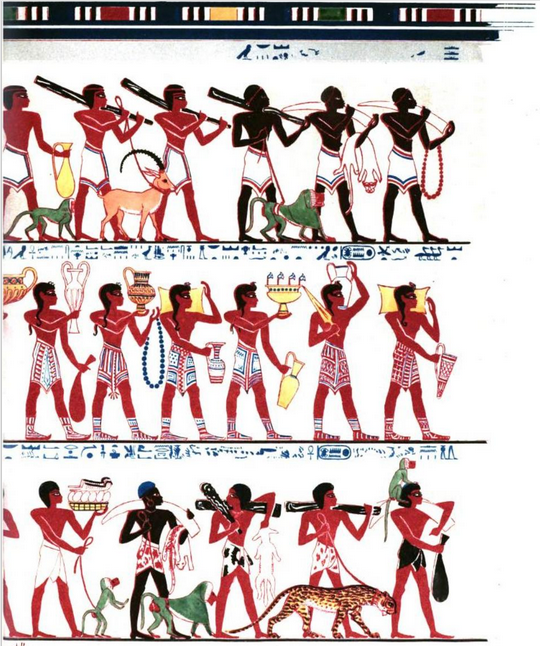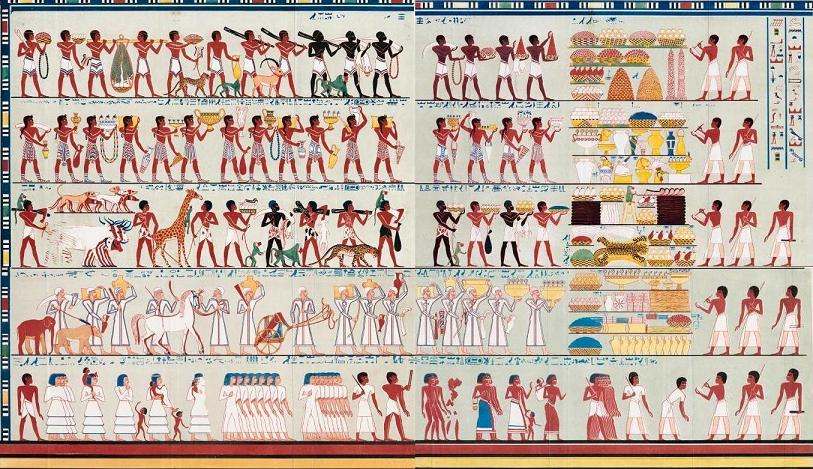Pirate
Shep Tupacs brother
omotic was once called west Cushitic because of its connection to the Cushitic languages somalis are east CushiticThe Eyle were in Somalia long before the Bantu:
https://wikivisually.com/wiki/Buur_Heybe
"Demographics
Buur Heybe is today primarily inhabited by the Eyle, an ethnic minority community of agropastoralists, potters and part-time hunters, their ethnonym translates as the "hunters with dogs".[2] The Eyle are believed to be remnants of the aboriginal Khoisan hunter-gatherers who inhabited southern Somalia prior to the arrival from the north of Afro-Asiatic populations of the Cushitic branch.[6] Buur Heybe is consequently also known as Buur Eyle ("Eyle mountain"), in recognition of the first inhabitants in the surrounding villages of Howaal Dheri, Berdaale and Muuney.[2]"
http://anthromadness.blogspot.com/2016/06/omotic-speakers-uniparental-data.html
"This, the overlap in Y-DNA E-M329 and the notable levels of shared drift between Mota and the Ari lends some clear credence to the notion that various Omotic speaking populations may in large part be descended from people related & very similar to the ~4,500 year old Mota-man."
Look up Mota Man. He is the standard for Ethiopian genetics BEFORE Asiatic admixture and is said to be intermediate to the Negroid Ari and the Khoisan Sandawe. He has no Asiatic admixture.



